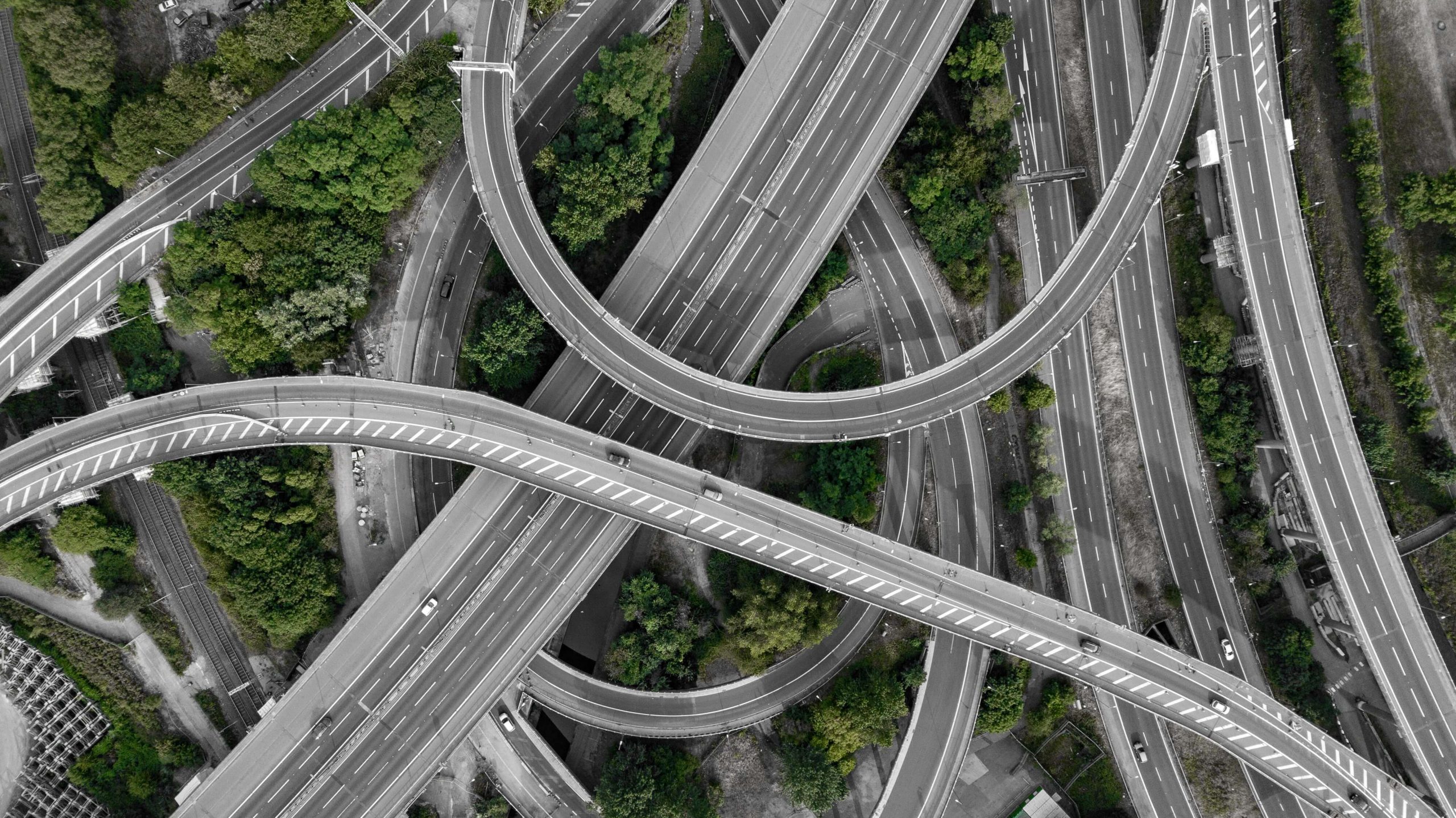Quick Hits
- The California Court of Appeal upheld a ruling that a car dealership’s “flag bonus pay” system for service technicians complies with California’s “no borrowing” rule.
- The court distinguished this compensation structure from the previously unlawful “piece rate basis” system because it paid a guaranteed hourly rate for all clocked hours (independent of productivity) that fully satisfied minimum-wage and rest-break requirements, plus a true productivity bonus on top.
- The court found deficiencies with the plaintiffs’ PAGA claim, emphasizing the necessity for proper notice letters detailing “facts and theories” for any pursued claims under California’s Labor Code.
On November 18, 2025, the California Court of Appeal, Second Appellate District, published its decision in Mora v. C.E. Enterprises, Inc. The court affirmed a ruling in favor of a Simi Valley car dealership that the “flag bonus pay” system did not violate the “no borrowing rule” and did not otherwise violate Labor Code Section 226.2. The ruling came after a bench trial in a wage-and-hour and PAGA case brought by two former service technicians of the dealership.
On appeal, the technicians argued the trial court was wrong in finding that the dealership’s compensation structure for service technicians, which paid technicians double the minimum wage rate plus “flag bonus pay” based on hours they spent working on service tasks, did not violate California’s “no borrowing” rule or Labor Code Section 226.2, as it was interpreted by the California Fourth District Court of Appeal in Gonzalez v. Downtown LA Motors, LP.
The Hourly Pay Plan
The dealership implemented a compensation structure in December 2014 that pays service technicians at least double the minimum wage for all hours recorded on a biometric time clock, allowing technicians to earn a “flag bonus pay.” This system replaced a former “piece rate basis” based on the number of “flag” hours technicians worked, meaning hours they spent performing service tasks, after such a system was found to be unlawful in Gonzalez.
According to the decision, the “flag bonus pay” system allowed technicians to track “flag” hours for hours worked performing specific tasks and provided them the opportunity to be paid “‘flag bonus pay’ if the flag hours they separately record[ed], multiplied by the dollar amount of their assigned flag rate, exceed[ed] their regular and overtime hourly earnings.”
Compliance With the ‘No Borrowing Rule’
Under the “no borrowing rule,” employers must pay employees the minimum wage for all hours worked, regardless of the compensation structure (e.g., piece-rate or commission). The rule means employers cannot average the wages earned from productive tasks to cover nonproductive time or rest periods. Each hour worked must be compensated at or above the minimum wage independently.
In Mora, the Second Appellate District found that, unlike the compensation plan in Gonzalez, which averaged piece-rate payments to meet minimum wage requirements, the dealership’s plan paid employees for every hour recorded on the biometric clock and provided additional flag bonus pay for efficiency. Instead, the court aligned its analysis with the Supreme Court of California’s “no-borrowing” framework, under which an employer must pay at least the minimum wage for each hour while still honoring separate contractual units of pay.
The court further cited a recent 2025 Ninth Circuit decision that found an hourly-plus-bonus structure, where the employer always paid hourly wages and layered a piece-rate bonus on top, was lawful under Gonzalez.
PAGA Claims
The plaintiffs also raised PAGA claims on behalf of other employees based on the alleged violations of the Labor Code, including failures to pay overtime and provide accurate wage statements. The court emphasized that PAGA claims still require: (1) a notice letter that actually discloses the “facts and theories” later pursued, and (2) admissible, explained evidence at trial tying alleged payroll “deficiencies” to actual Labor Code violations. The court criticized the plaintiffs for simply presenting the trial judge with thousands of unanalyzed time and payroll records and expecting the court to scour them for violations.
Additionally, the court found the plaintiffs’ Labor and Workforce Development Agency (LWDA) letter insufficient regarding other sales and lube technicians, who were paid differently, and faulted their trial presentation for presenting thousands of records to the court without providing the judge with concrete examples to prove any underpayment.
Key Takeaways
The Mora decision provides helpful support for California employers seeking to implement and maintain legal and effective incentive-based compensation systems designed to reward and incentivize productive employees, such as the “flag bonus pay” system used by the dealership in the case, and highlights some key considerations for employers. Specifically, employers may want to ensure that:
- all hours under the employer’s control are captured on a reliable timekeeping system and paid at or above the applicable hourly floor (including overtime premiums, where applicable, and any tool-rate requirements); and
- any “flag,” “piece,” or “commission” component is structured as true extra compensation, not as a mechanism that makes the employee whole for non-productive time or rest periods.
Further, employers defending PAGA cases may want to keep in mind that plaintiffs still bear the burden to prove actual violations, and courts will enforce both PAGA’s exhaustion requirements and the ordinary evidentiary and record-sufficiency rules.
Ogletree Deakins’ California Class Action and PAGA Practice Group will continue to monitor developments and will provide updates on the California, Class Action, and Wage and Hour blogs as additional information becomes available.
Follow and Subscribe
LinkedIn | Instagram | Webinars | Podcasts











